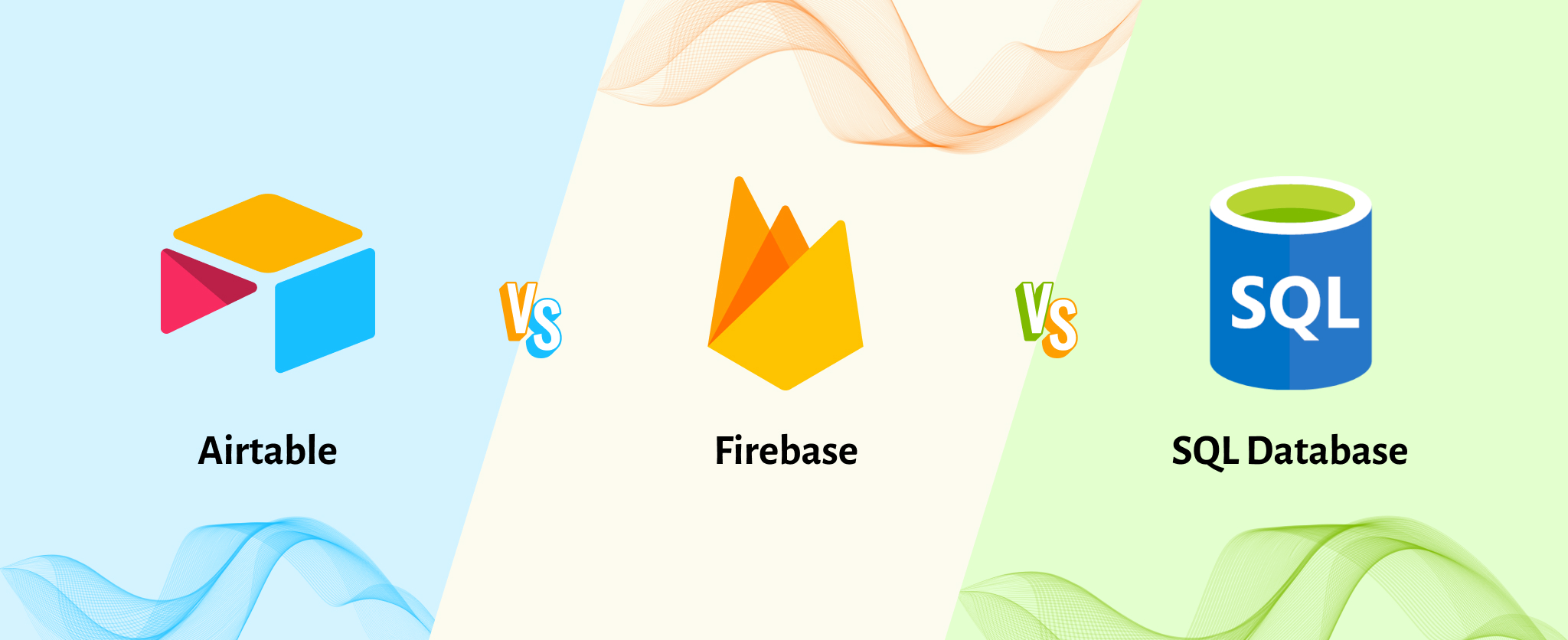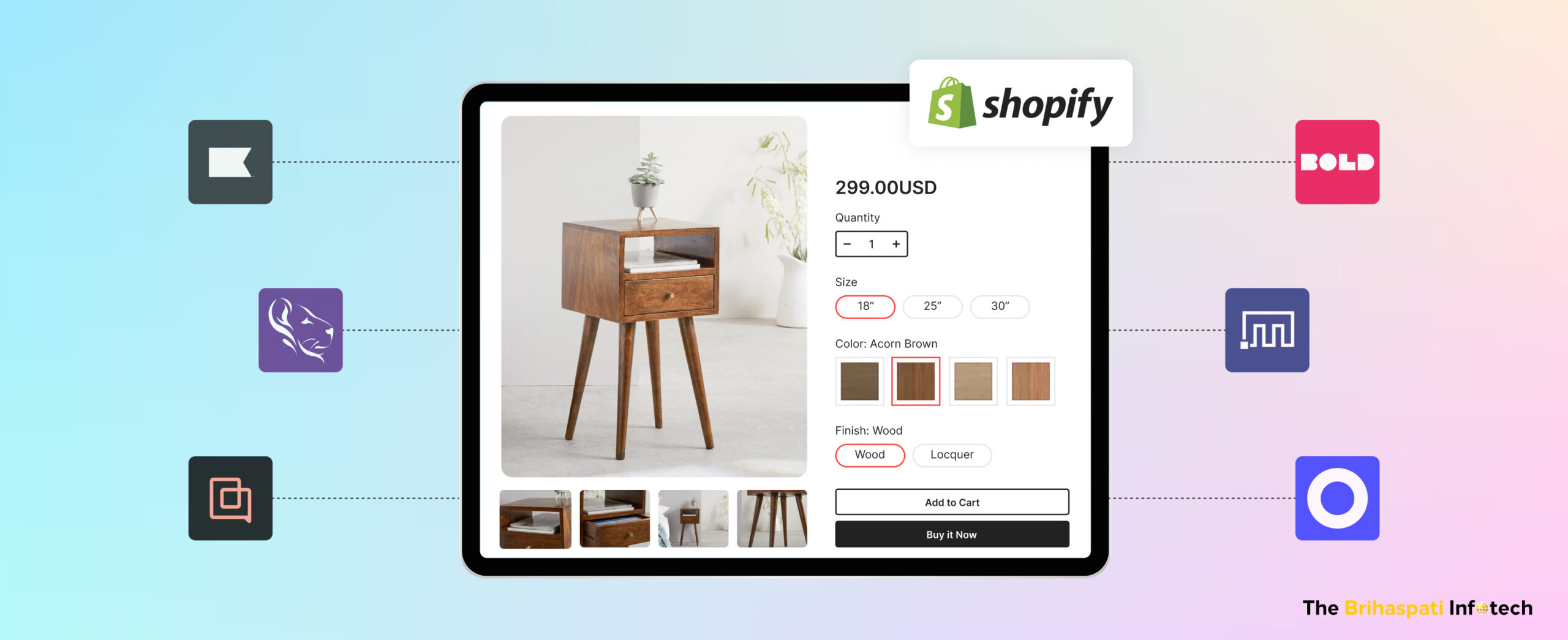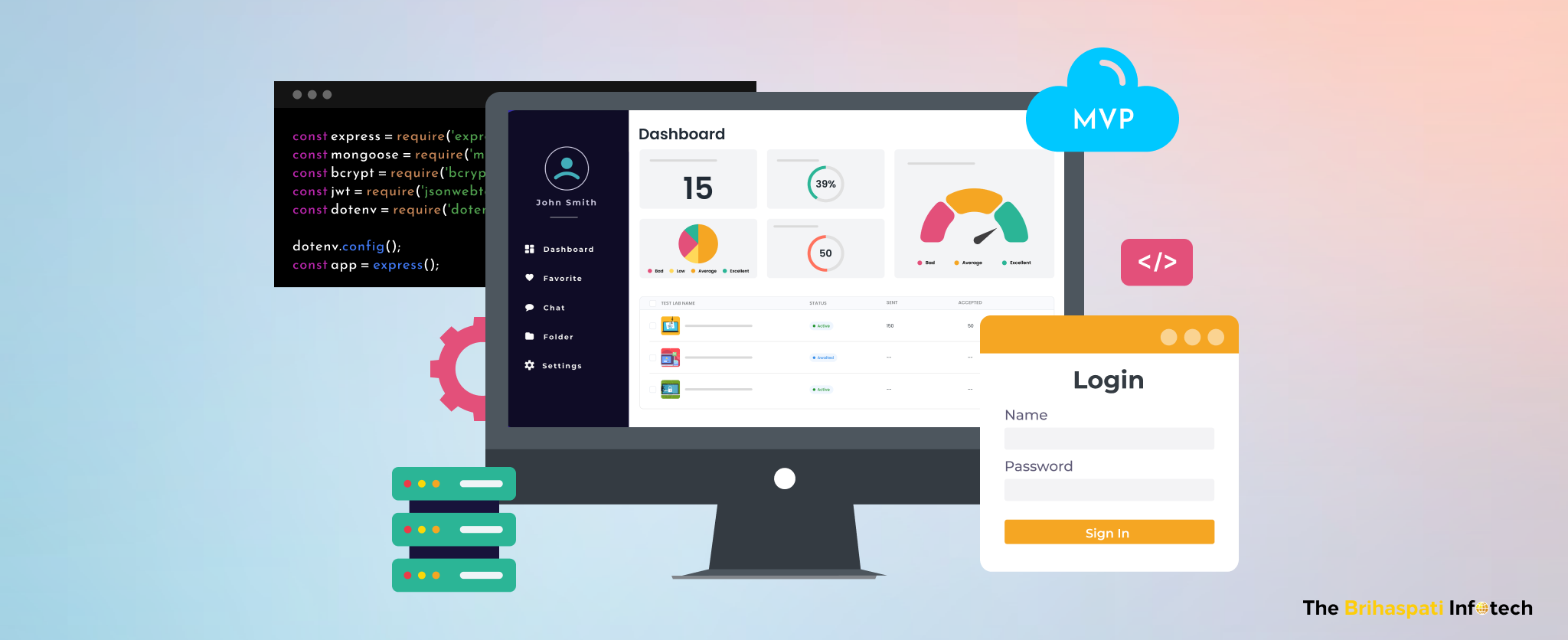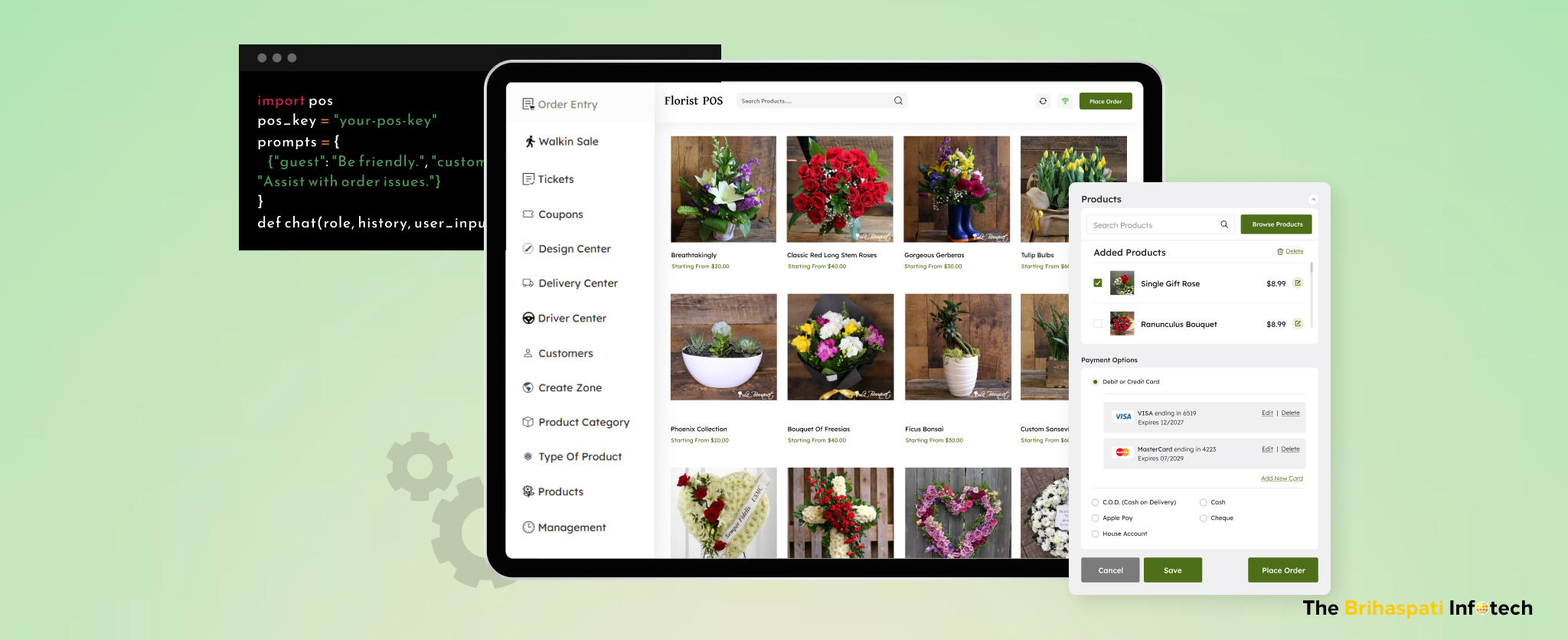
Web Animation Using HTML5 and CSS3
The release of HTML5 and CSS3 has made web animation as one of the hottest trends in website design for the current year. Animation is one way to engage users with the website more effectively by making websites even more attractive, responsive and dynamic. Animation in websites is known to increase viewer retention, where you can quickly and creatively tell your users what the website is all about. It gives a kick to your innovation which is seeding in the minds and is always keen to be nourished with a nutrient like Animation. Web technologies like HTML5 with CSS3 are the most widely used languages and have graphic capabilities that have made animation even more presentable than ever. All the animations with HTML5 and CSS3 load and play easily. CSS3 not only allow us to add key frame animations to HTML content, but if polished properly it can really be a source of attraction for the entire page, and whatever content you want to be the spotlight of your page, CSS3 is the key to go. A website with responsive web design built with HTML5 and CSS3 maintains its design across all the devices. HTML5 emphasize on streamlining the actual markup needed to create a page that links all the required CSS. HTML5 with CSS3 has emerged out to be better than Flash because it is a standard technique supported by most of the browsers and does not need a Plugin, unlike Flash. HTML5 allows for storage across multiple windows with enhanced security and data retaining capacity.
Our web animation using HTML5 with CSS3
The essence of our web animation is to meet the requirements of a website where all the information was to be displayed through animation and can be rapidly configured on multiple devices. A simple transform function of CSS3 can bluff the visitor with the view if the used technology is Flash. The web animation was built to meet the requirements of a website where all the information was to be displayed through animation. We were required to build a lightweight, dynamic and attractive website. As there was very less content on the website and animation was the only method to convey about the website, it needed to load fast. The challenging task was to determine a JavaScript method by which the animations are timed, synchronized and launched. With too many large images on the website, it was tricky to manage and coordinate the working of each one of them. We followed agile best practices to develop various components and add functionality as mentioned in the requirements. Six different screens were created to display different information through animations. scrollIntoView() method was used to align animation element and scroll it. User interface effects and animation have been parts of Flash’s appeal for a very long time. We have used CSS3 to easily add Flash like effects in the website. In order to animate in HTML5 using CSS3 we first:
- Created the HTML5 document
- Added style elements to the page and
- Animated the elements.
In the entire website, we have used different CSS files. We have utilized transitions, transforms and key frame animations using HTML5, CSS and JavaScript. To draw graphics on our web page <Canvas > element is used with various methods for adding images, and drawing paths, circles and boxes. To add videos to the website animation we used <Video> element. Controls and autoplay attributes are used to display browser’s standard controls for video playback and to play the video automatically respectively. Also, the web form was created using HTML5 and CSS3 properties. The entire animation was chronologically assembled action by action. For all the positioning, widths and heights, percentages were used. Different functions were written to put various activities to work. All the images are loaded using Java Script and animations were prepared with different effects. These effects were displayed using various properties. To add Flash like effects in the browser we used CSS3 specifications viz. transformations, transitions and animations.
- For basic manipulations on elements in space we have used Transform. This was used to rotate, translate, skew and scale elements.
- The animation is done using –webkit animation properties and transform.
- Parallax effect was added using parallax scrolling technique used to translate background images slower than content in the foreground.
- jQuery, setTimeOut() function and transition() function was used to automate the animations after particular time set.
- SetTimeOut() function was used to call function after the specified delay. This was implemented at various points in the website.
Our expert team of developers deployed the best technology to create the website a seamless system which is easy to load. Our coding team has expertise in creating websites across the verticals and offers services to businesses across different design formats. If you are also managing a website with heavy animations and need a seamless design system, you can demand quotes and reach out to us here.
Stay Tuned for Latest Updates
Fill out the form to subscribe to our newsletter











